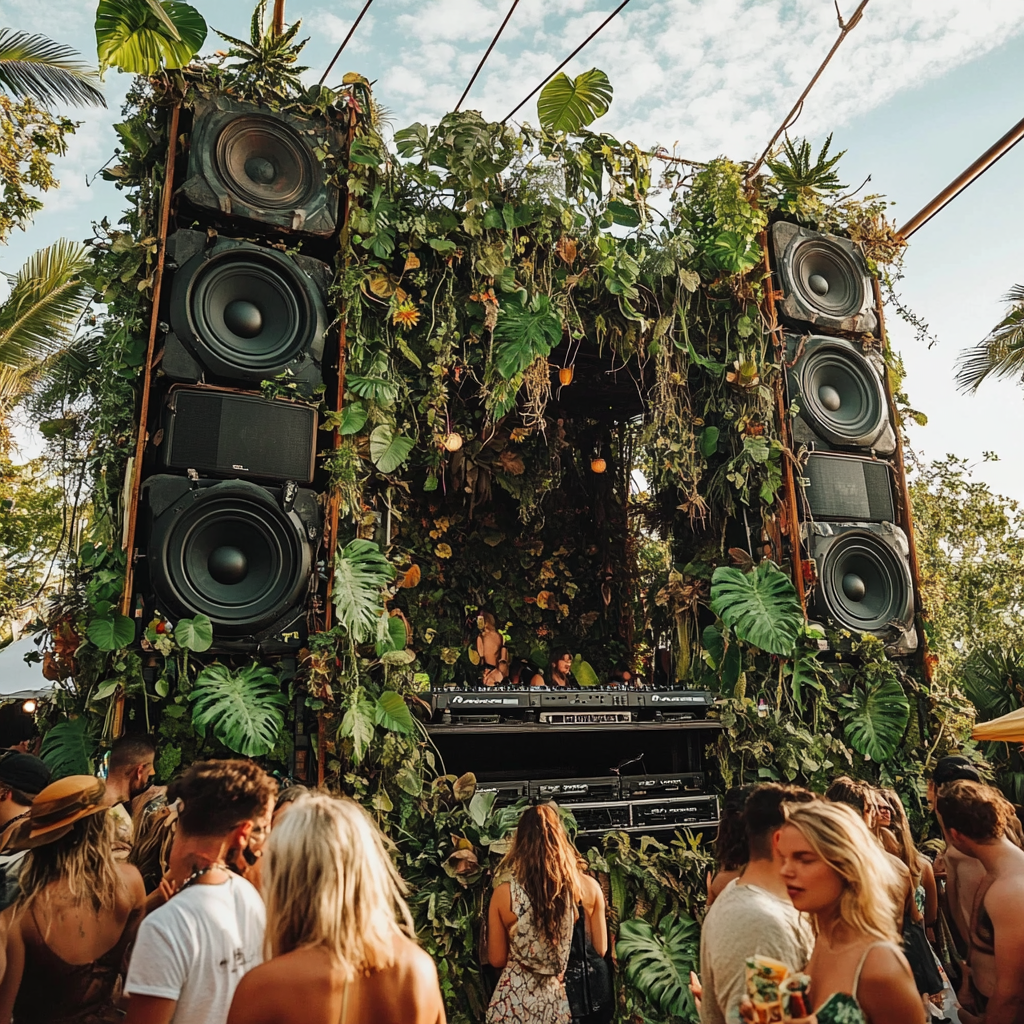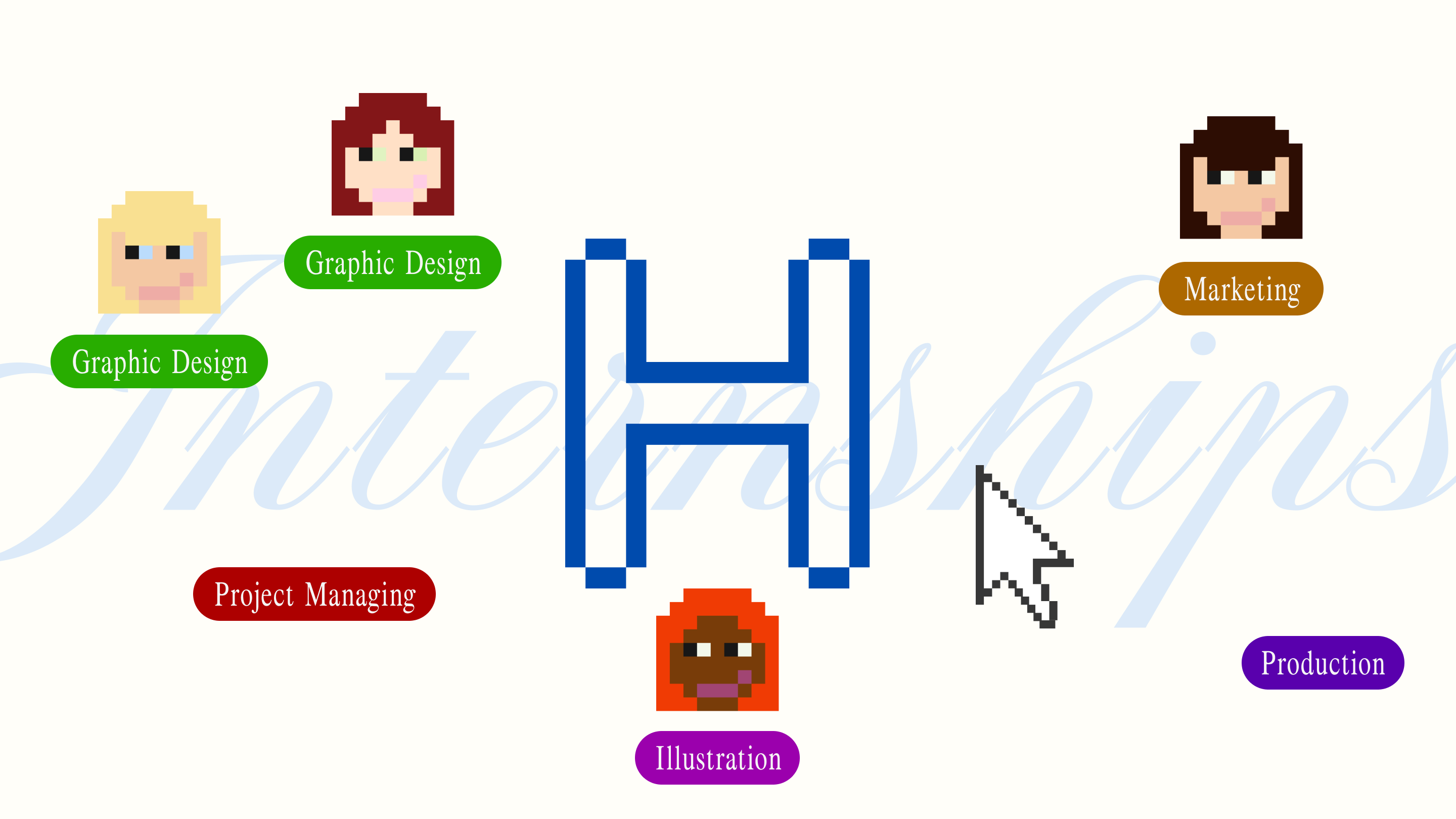HLabs 3D creators venture from models to the metaverse
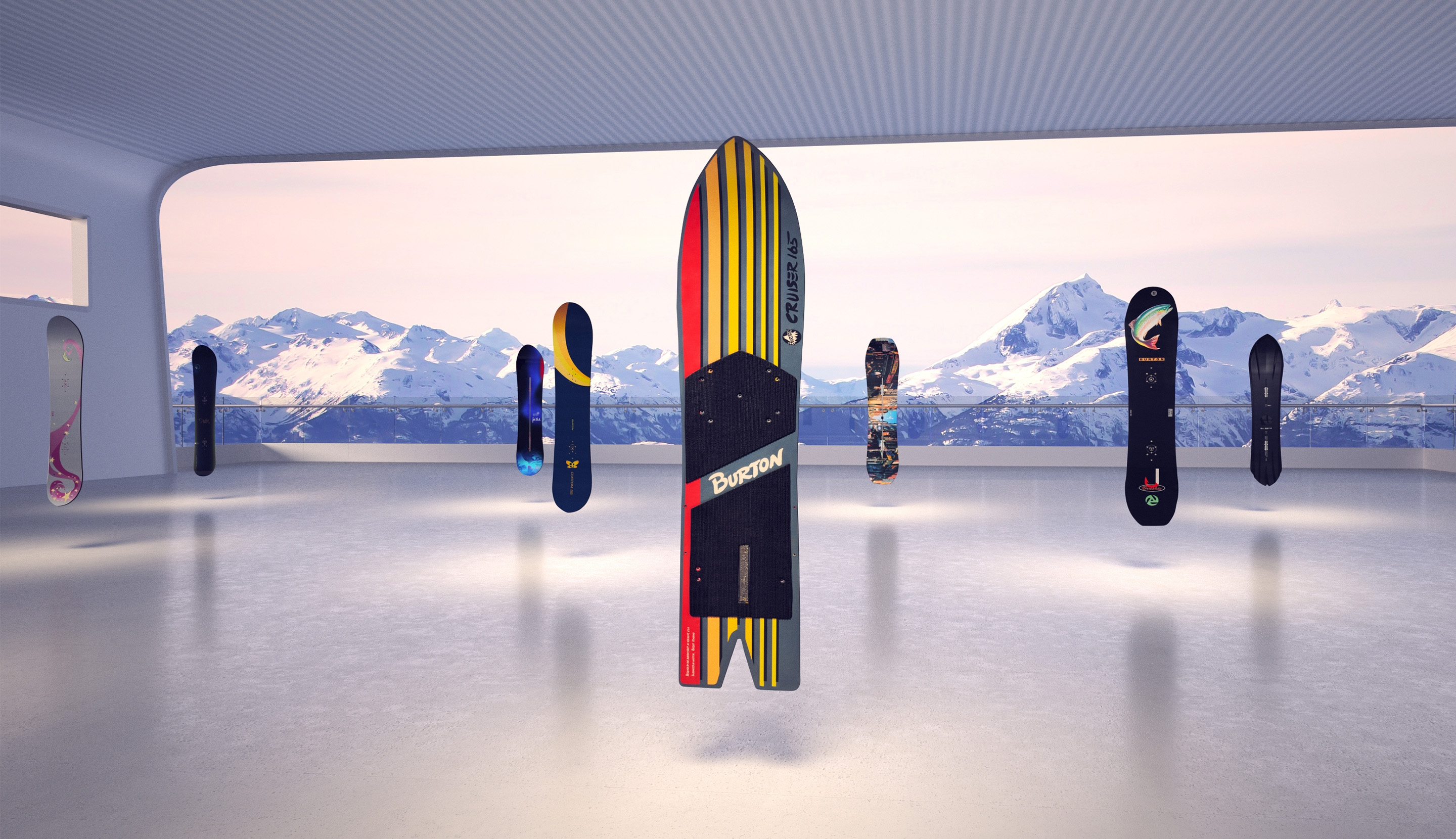
We don't just stop at traditional 3D modelling services - we also offer cutting-edge technologies like AR, VR, and interactive web experiences. Want to give your customers an immersive, interactive experience they'll never forget? We've got you covered. At Hlabs, we know that great design is about more than just looks - it's about functionality and creating an unforgettable experience. Our team is dedicated to delivering top-notch results that exceed your expectations and leave your customers in awe.
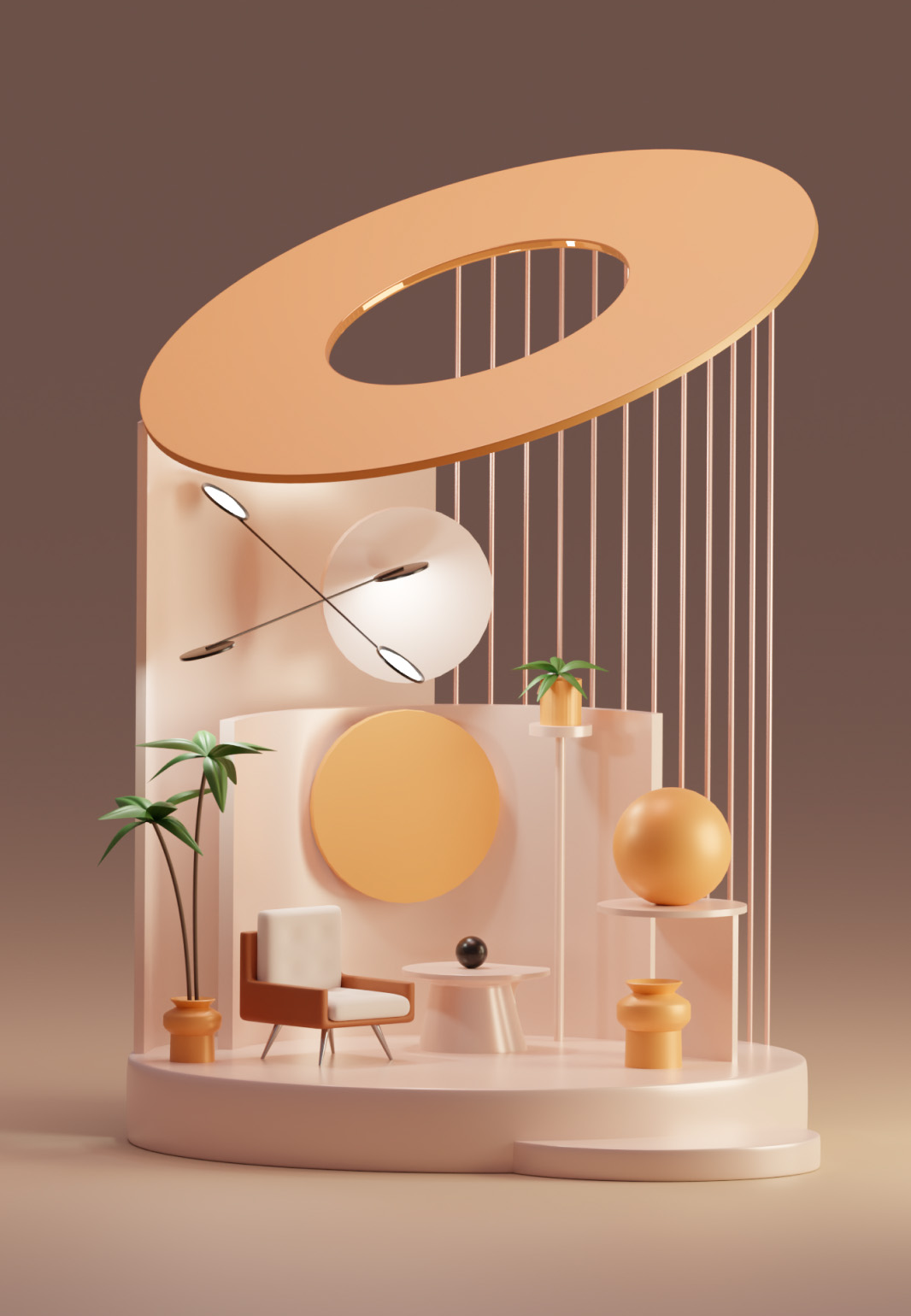
HLabs 3D artist Tudor experiments with architectual modelling

Playing with polycounts
I've modeled the JimBeam bottle in Blender using traditional polymodelling, a process in which you create a model by hand, starting from basic shapes and deforming them until the desired object emerges. For the liquid inside the bottle, polymodelling would have been too time-consuming as the brief required the fluid inside to be slushing around in a natural way. A much easier way of creating it has been using fluid simulation, which involves modelling the physical properties of fluids, such as their density, viscosity, and surface tension, and then simulating how these properties interact with each other inside the bottle.
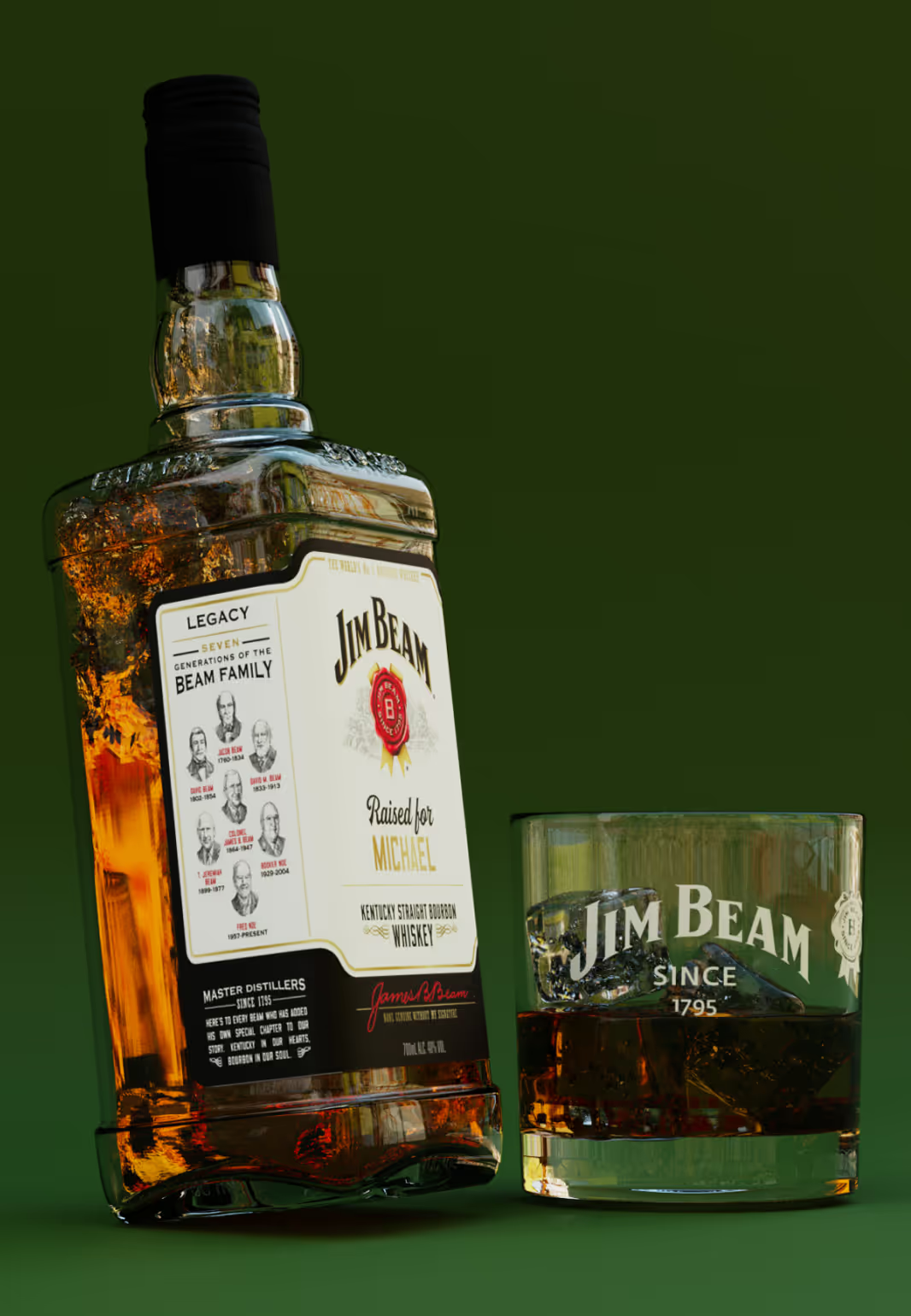
All digital images are a collection of pixels, and each pixel, in turn, is composed of four numbers that essentially represent its colour and intensity. Taking advantage of this, I have used an HDRI map, which is a 360° image of a real-world location. This results in a 3D scene that is illuminated using natural light, and that also has accurate reflections. In addition to this, I have also created a thin lamp behind the glass bottle in order to create visual interest and draw more attention to it.
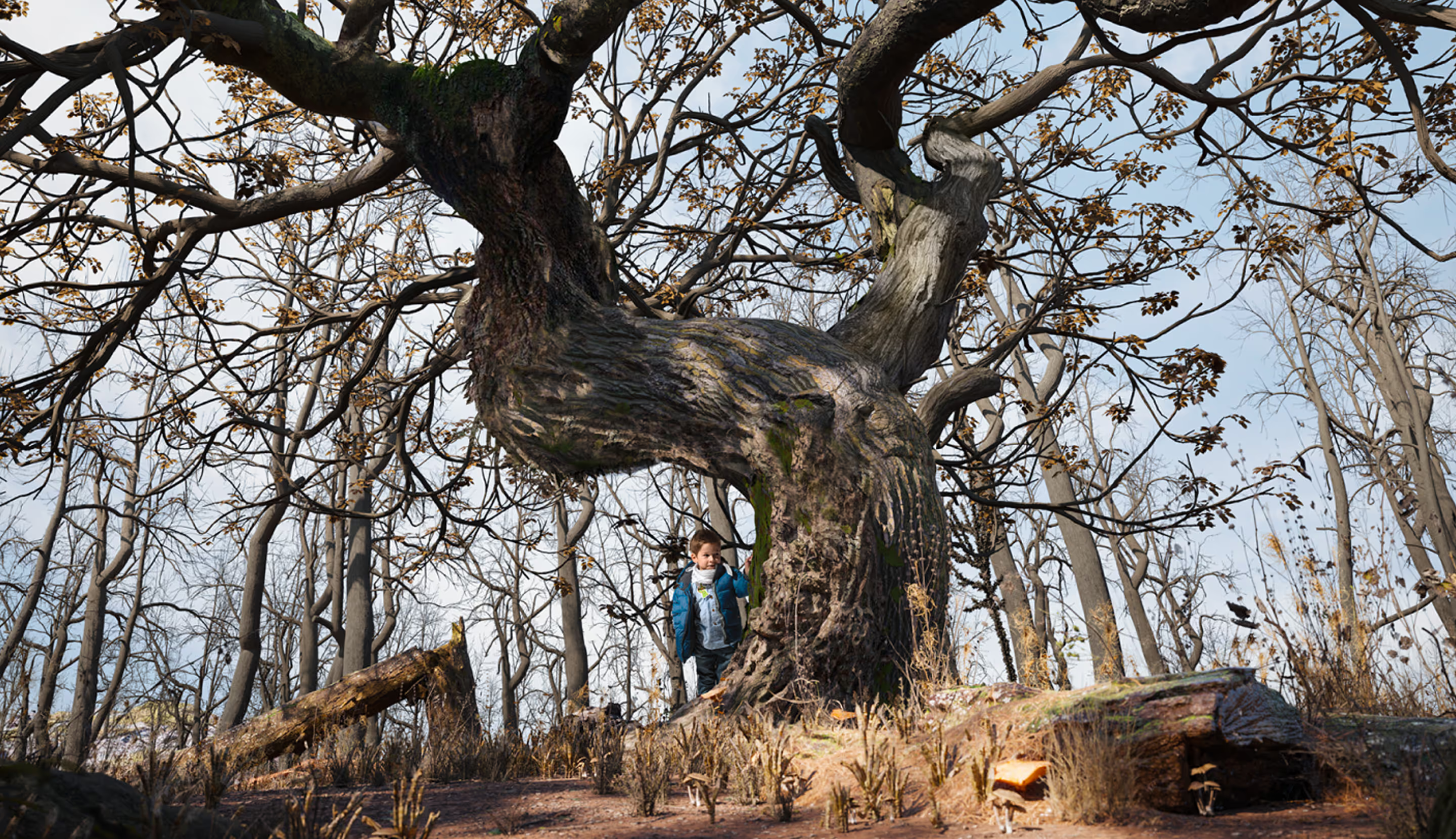
I created this tree using a combination of techniques.
- The general shape was formed using Groove3D, a Blender add-on that simulates tree growth based on factors like light, wind, and gravity. This add-on allows for pruning and bending of branches to customize the tree's shape.
- The model was then sculpted in ZBrush using both manual sculpting and vector displacement brushes to add intricacy and detail to the branches.
- Texturing was an important step. To mimic real trees, where newer bark appears softer and less deformed, I created an invisible mesh that surrounds the tree. This mesh blends between two textures based on its distance to the tree. One texture aggressively displaces the surface and gives a dry appearance, while the second texture is softer and slightly greener in tone.
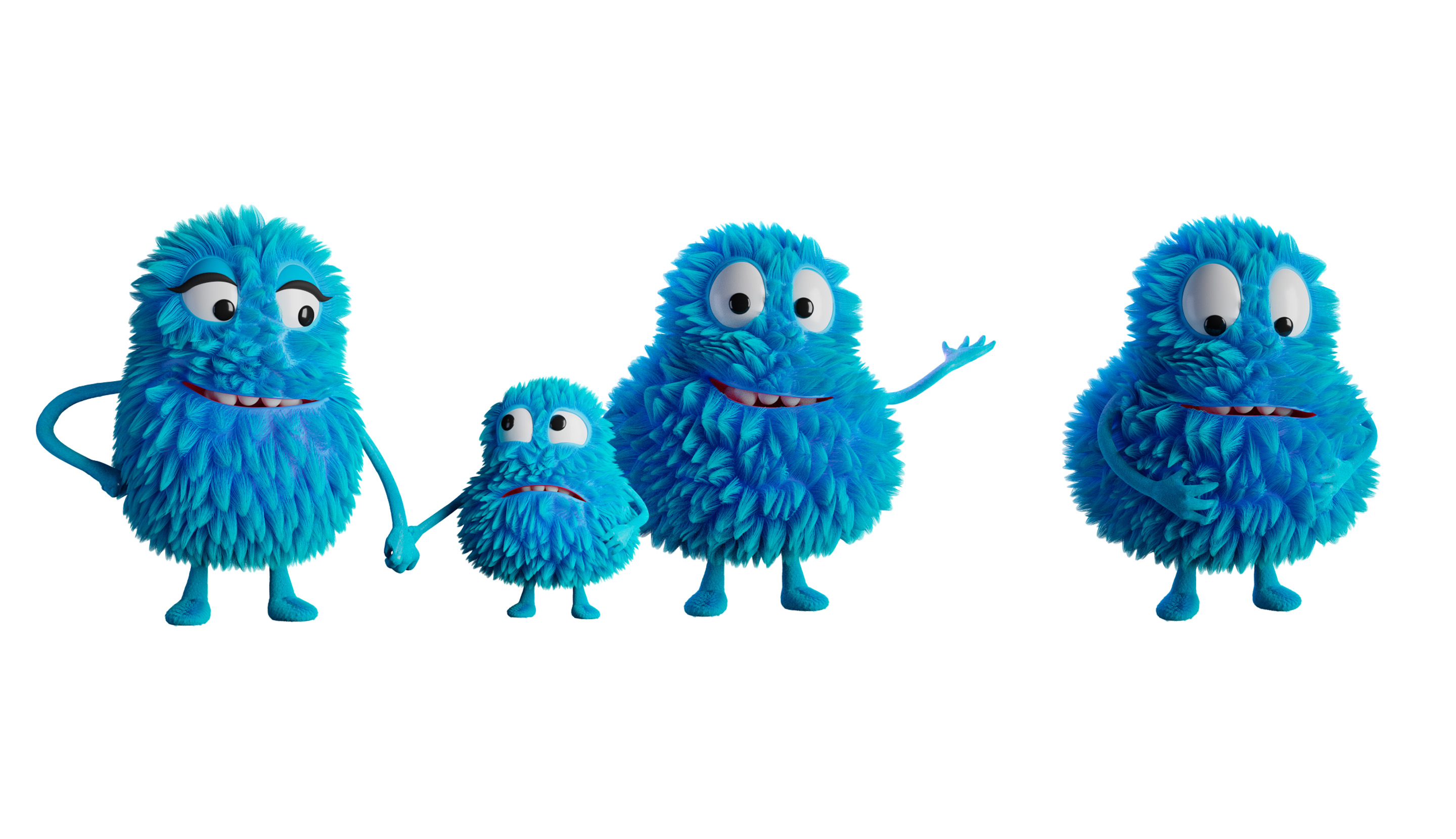
Rigging & jigging characters
Character models often begin as intricate sculptures, but these high-density meshes are impractical for rendering and lack natural deformation. To prepare the model for games or animations, the initial step involves "retopologizing" it. This process entails creating a simplified, yet faithful model that closely resembles the original.
Next, a skeleton or rig is constructed for the character, and the clean mesh is bound to it. A weight map is generated to determine the influence and degree of bone impact on each part of the body. However, for realistic characters, considering muscle contractions is crucial.
To address muscle contractions, correction bones or "shapekeys" are employed. These elements allow the model to deform realistically based on the character's movements. By manipulating these shapekeys, the model accurately represents muscle flexion and other physical changes during animation.

Digital 3D art has always been at the crossroads between art and programming. Having tools such as fluid simulation or growing a virtual tree enables us to create so much more than we would have been able to do manually.

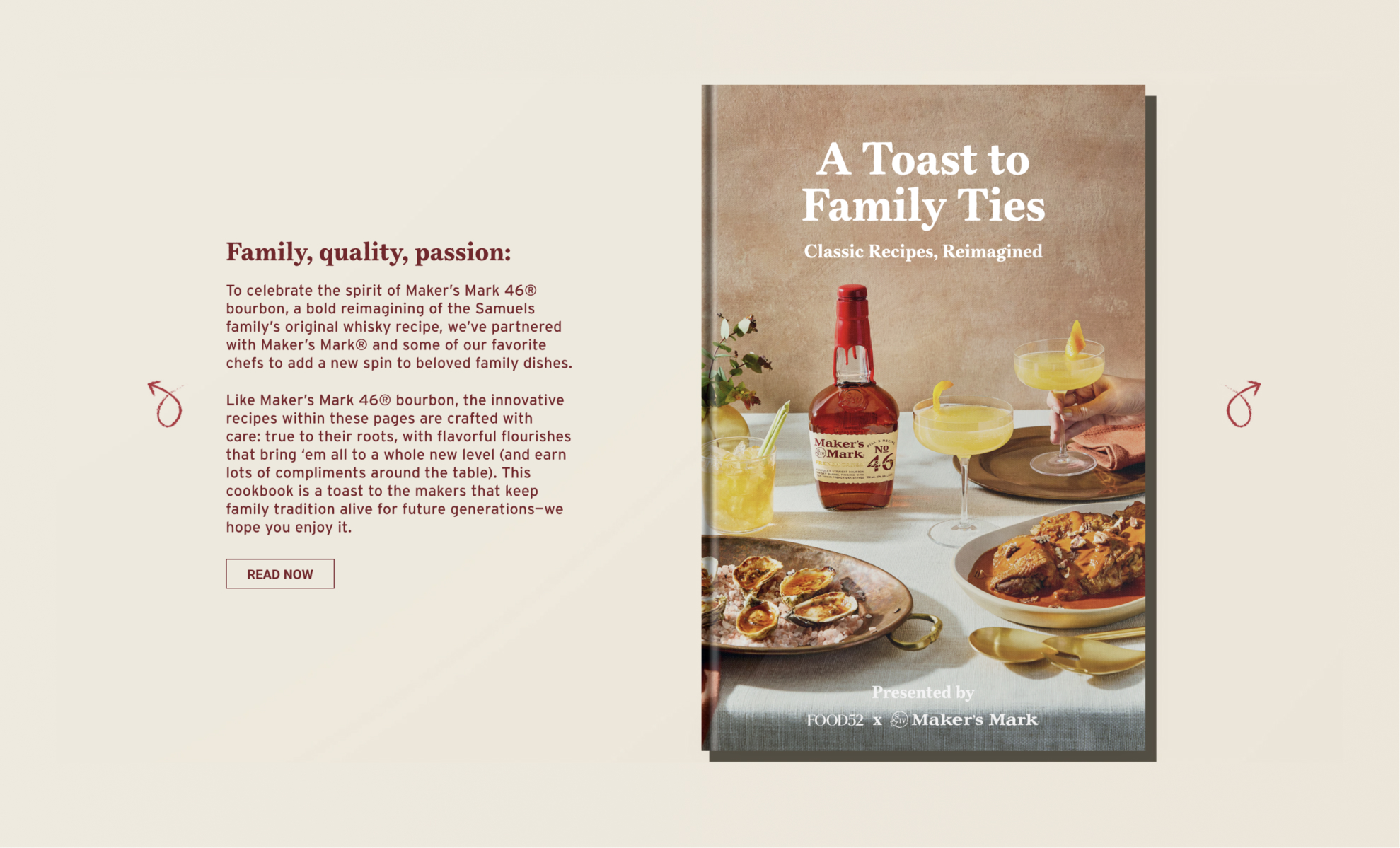
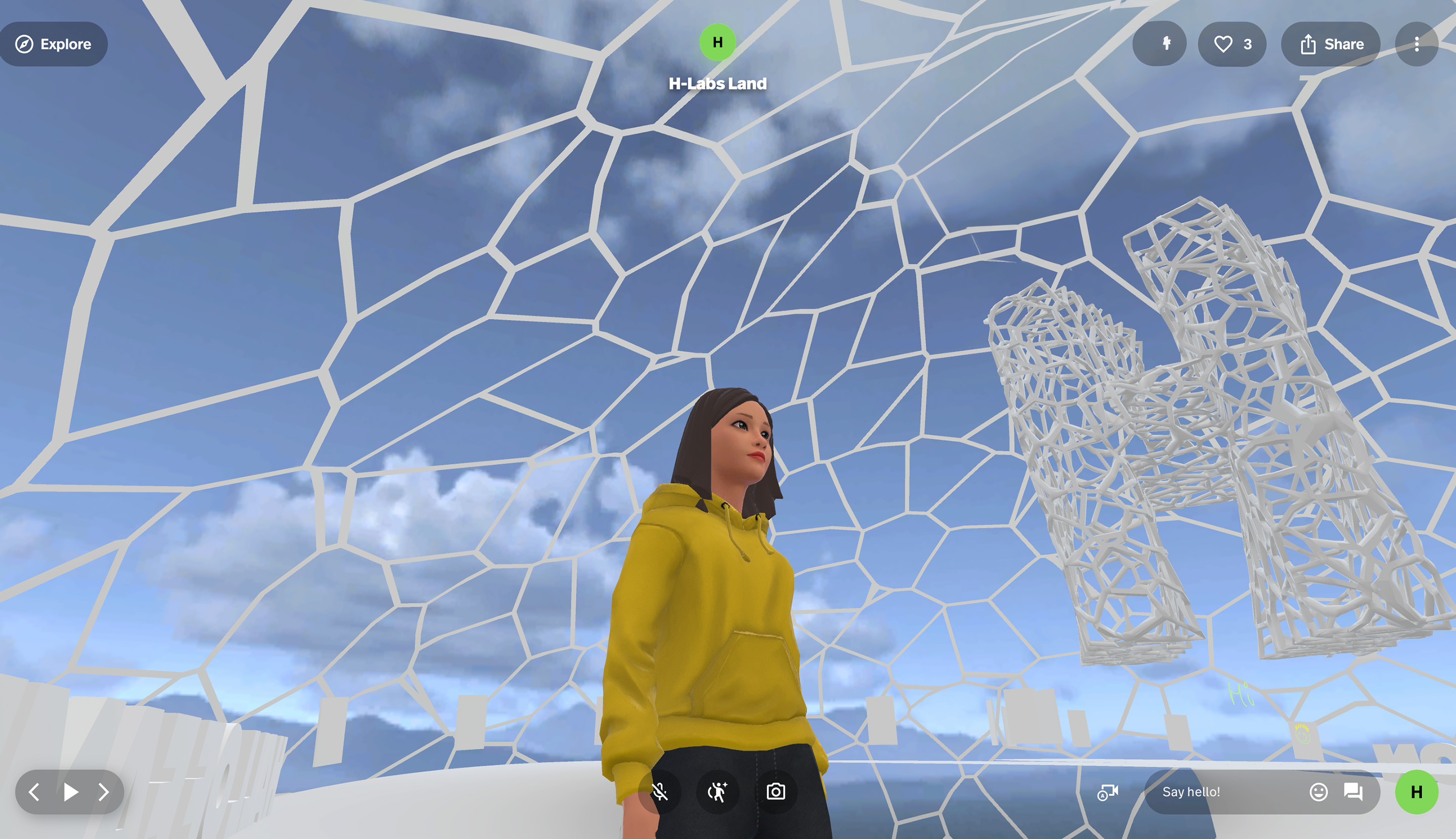
Mixing mediums
At HLabs, we love bringing 3D elements to other storytelling formats. This example for Red Bull on 'The Longest Wave' used a 3D globe, Google Earth imagery, screen recordings and the Ceros no-code platform to create an interactive globe with deep dives into locations.

At HLabs, we've also dipped our toes into creating virtual tour content. The piece below 'Ambient Space' was an interactive art gallery, created in the midst of lockdown to promote an artist's work when the gallery was closed. We used just a floor plan to create a 3D walkthrough and mapped his art to the walls where they would have hung. We utilised interactive video to allow users to jump from the walk-through into the artwork to see more.




What’s a Rich Text element?
The rich text element allows you to create and format headings, paragraphs, blockquotes, images, and video all in one place instead of having to add and format them individually. Just double-click and easily create content.
Static and dynamic content editing
A rich text element can be used with static or dynamic content. For static content, just drop it into any page and begin editing. For dynamic content, add a rich text field to any collection and then connect a rich text element to that field in the settings panel. Voila!
How to customize formatting for each rich text
Headings, paragraphs, blockquotes, figures, images, and figure captions can all be styled after a class is added to the rich text element using the "When inside of" nested selector system.
Spatial.io
We've also had a huge amount of fun playing around with Spatial.io. From mock-ups for clients to hosting team meetings to creating our own showcases of work in the Metaverse, we'd love to do more in this area.
Let's get those headsets on!
Step into a world where design is more than meets the eye. Our 3D creators don't just create visuals; they sculpt interactive masterpieces that merge aesthetics with functionality, immersing your audience in a journey they won't soon forget!
We’ll show ours if you share yours.
Share your details so we can stay in touch and directly show you premium HLabs content!


.webp)
